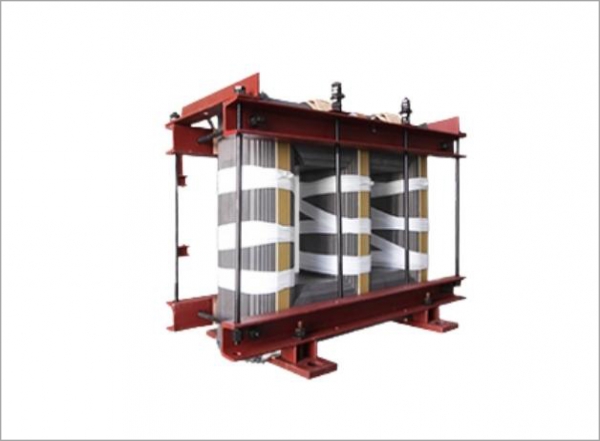In the rapidly advancing world of electrical engineering, the electrical steel core has emerged as a critical component in transformers, motors, and generators. These cores, made from specialized steel alloys, play a pivotal role in enhancing energy efficiency and reducing losses in electromagnetic devices.
In transformers, which are essential for stepping voltage up or down in power distribution networks, electrical steel cores significantly improve efficiency. The low-loss properties of the core material reduce the amount of electricity lost during transmission, enabling utilities to deliver power more effectively while lowering operational costs. Similarly, in electric motors used in everything from household appliances to industrial machinery, electrical steel cores enhance performance by optimizing magnetic flux paths and minimizing resistive losses.
The precision engineering behind electrical steel cores further amplifies their impact. Advanced manufacturing techniques, such as cold rolling and laser cutting, produce laminations with precise dimensions and uniform grain orientation. This ensures consistent magnetic properties across the core, maximizing efficiency and reliability. Additionally, coatings applied to the laminations reduce inter-lamination conductivity, further mitigating eddy current losses and extending the lifespan of the device.
Moreover, the adoption of electrical steel cores aligns with global sustainability goals. By improving the efficiency of transformers, motors, and generators, these cores contribute to reduced greenhouse gas emissions and lower energy consumption. This makes them an indispensable tool in the transition toward cleaner, greener energy systems.

Supporting Compact and High-Performance Designs
Another standout feature of electrical steel cores is their ability to support compact and high-performance designs in modern electrical devices. As industries strive to create smaller, lighter, and more efficient products, the demand for advanced materials like electrical steel continues to grow.
For instance, in the automotive sector, the rise of electric vehicles (EVs) has driven innovation in motor design. Electrical steel cores enable manufacturers to build compact yet powerful traction motors that deliver superior torque and efficiency without increasing weight or size. This not only enhances vehicle performance but also extends battery life, addressing one of the key challenges in EV development.
Similarly, in renewable energy applications, electrical steel cores are integral to the success of wind turbines and solar inverters. In wind turbines, the cores facilitate the efficient conversion of mechanical energy into electrical energy, ensuring maximum output even under variable wind conditions. In solar inverters, they help transform direct current (DC) generated by solar panels into alternating current (AC) for use in homes and businesses, all while maintaining high efficiency and reliability.
The versatility of electrical steel cores also extends to specialized applications. Grain-oriented electrical steel, for example, is specifically designed for transformers and large-scale power systems, offering exceptional magnetic properties along a single axis. Non-grain-oriented electrical steel, on the other hand, is ideal for rotating machines like motors and generators, providing isotropic performance in multiple directions. This adaptability ensures that electrical steel cores can meet the unique requirements of diverse industries.
Addressing Challenges and Future Innovations
Despite their many advantages, electrical steel cores face certain challenges. For example, the production of high-quality electrical steel requires significant energy and resources, raising concerns about environmental impact. However, ongoing research is addressing this issue through innovations in recycling and sustainable manufacturing practices. Thin-gauge laminations and amorphous metals are being explored as alternatives to traditional electrical steel, offering even lower losses and greater efficiency.
Looking ahead, advancements in smart materials and nanotechnology promise to revolutionize electrical steel cores. Self-healing coatings and adaptive magnetic properties could enhance durability and performance, making these cores even more effective in demanding applications. Such innovations will undoubtedly solidify electrical steel cores’ position as leaders in energy-efficient technologies.
 +86-523 8891 8899
+86-523 8891 8899  +86-523 8891 8266
+86-523 8891 8266  info@tl-core.com
info@tl-core.com  No.1, Third Industrial Park, Liangxu Street, Taizhou City, Jiangsu, China
No.1, Third Industrial Park, Liangxu Street, Taizhou City, Jiangsu, China 

 English
English Español
Español Türk
Türk 中文简体
中文简体